Faith Life & Learning and Teaching News
Curriculum Updates in English, Mathematics, Faith, Discovery & Inquiry

Faith Life & Learning and Teaching News
Curriculum Updates in English, Mathematics, Faith, Discovery & Inquiry
Many year levels across the school are still focusing learning on measurement concepts. Over the past few weeks the year 2 & 3 students have been learning to tell the time on an analogue clock. Most clocks that children see in their day to day lives are in digital time so students need focussed learning time to understand and read the time on a analogue clock.
Here are a group of year 3 students working on telling the time to the minute on an analogue clock.
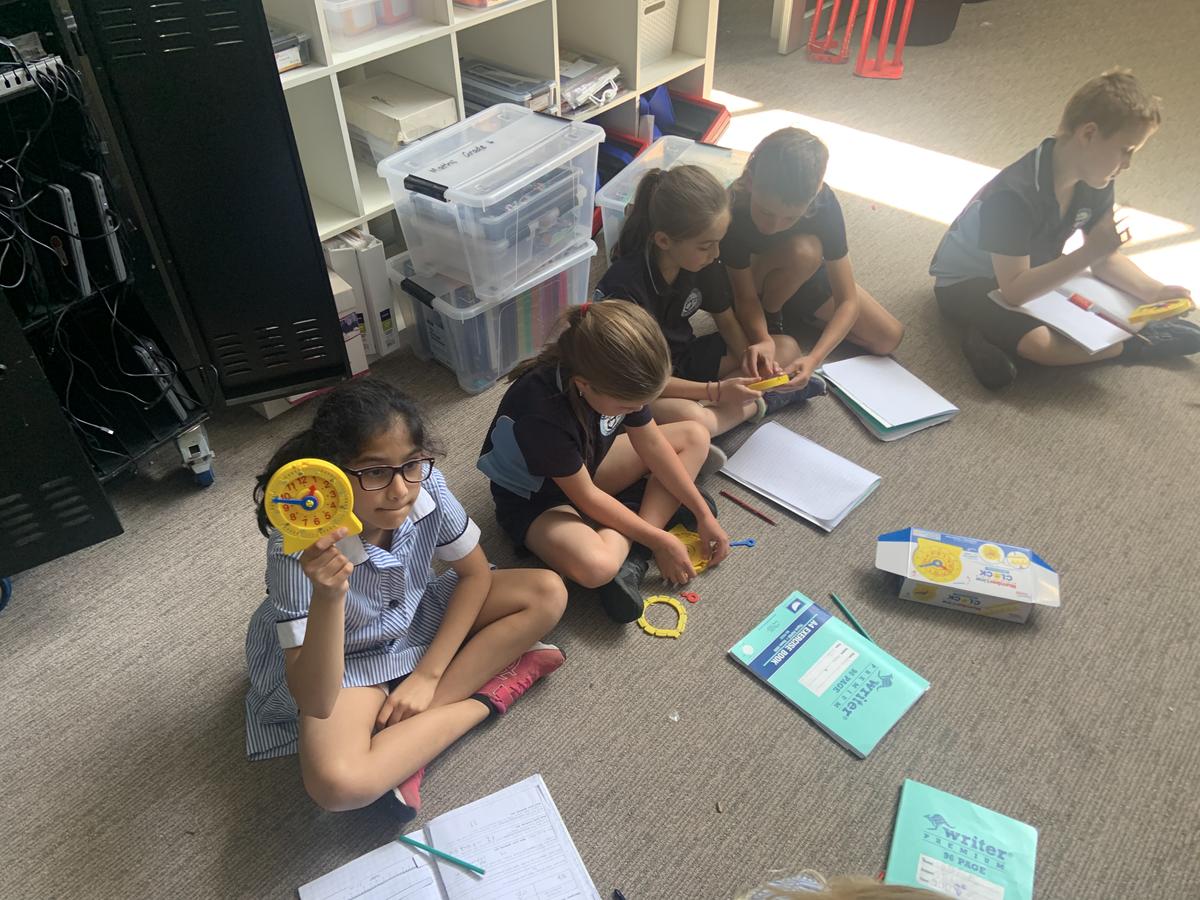
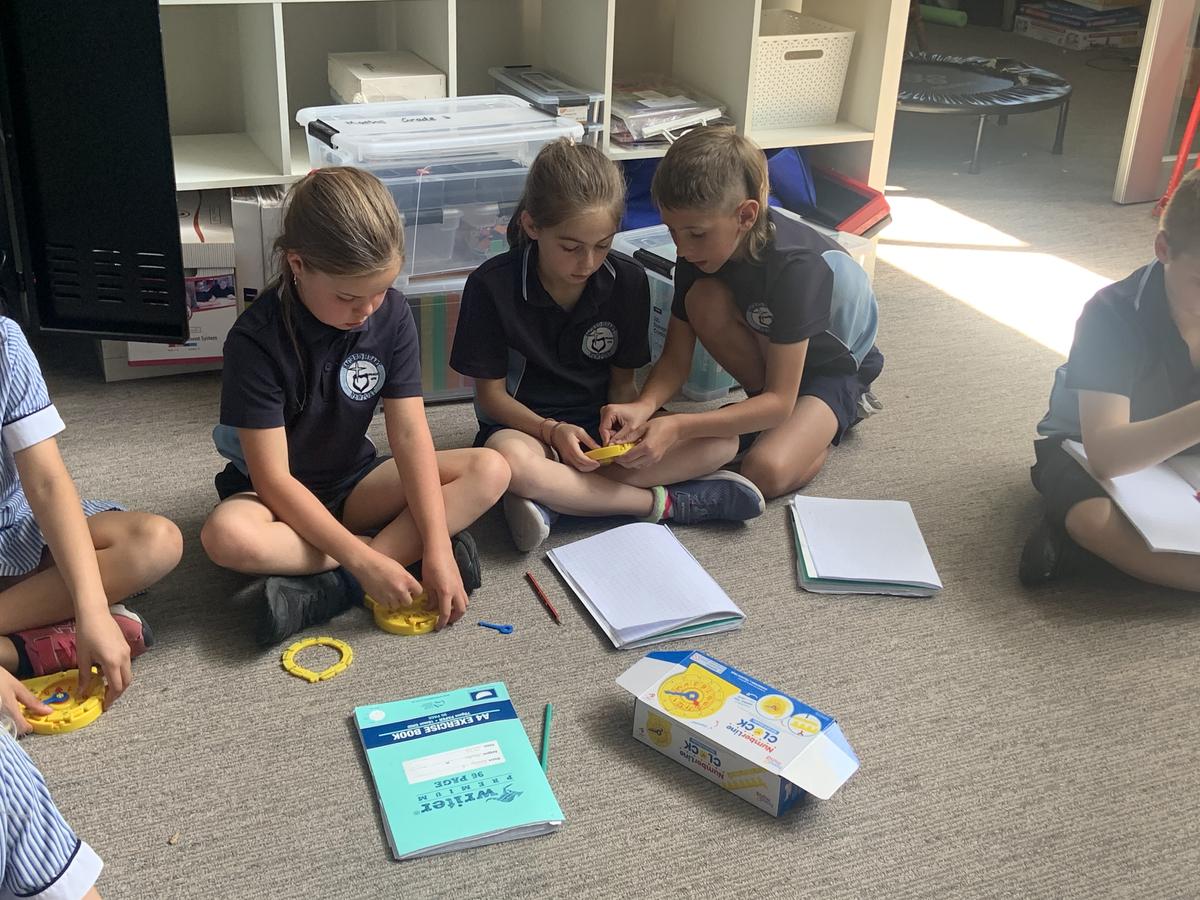
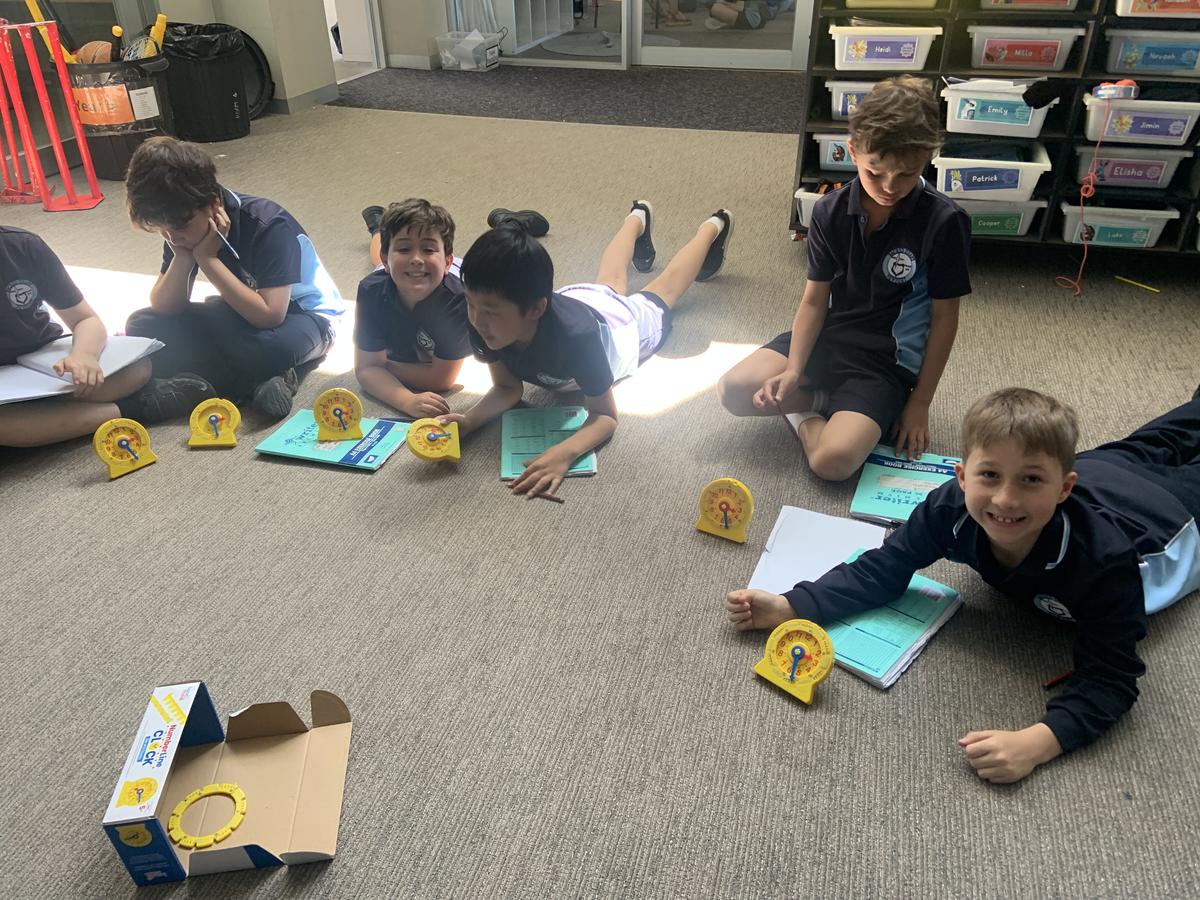



Some tips for teaching students to tell the time on an analogue clock.
Reinforcement during their day to day puts it in context and can really help your child consolidate their understanding of time.
Kim Dalmau
Mathematics Leader
kdalmau@shnewport.catholic.edu.au
This past semester we have been further developing our approaches to teaching spelling to incorporate a sequence of learning that explicitly and systematically targets phonic skills at each level. Each week a new phonics focus is identified and includes words that have a particular pattern. Target words that fit this pattern are then organised at differentiated levels, ranging from simple to more complex to meet the needs of all students. Students are then guided to choose from the list and then analyse these words in a variety of ways to support developing capabilities. (See example from Year 2 below).
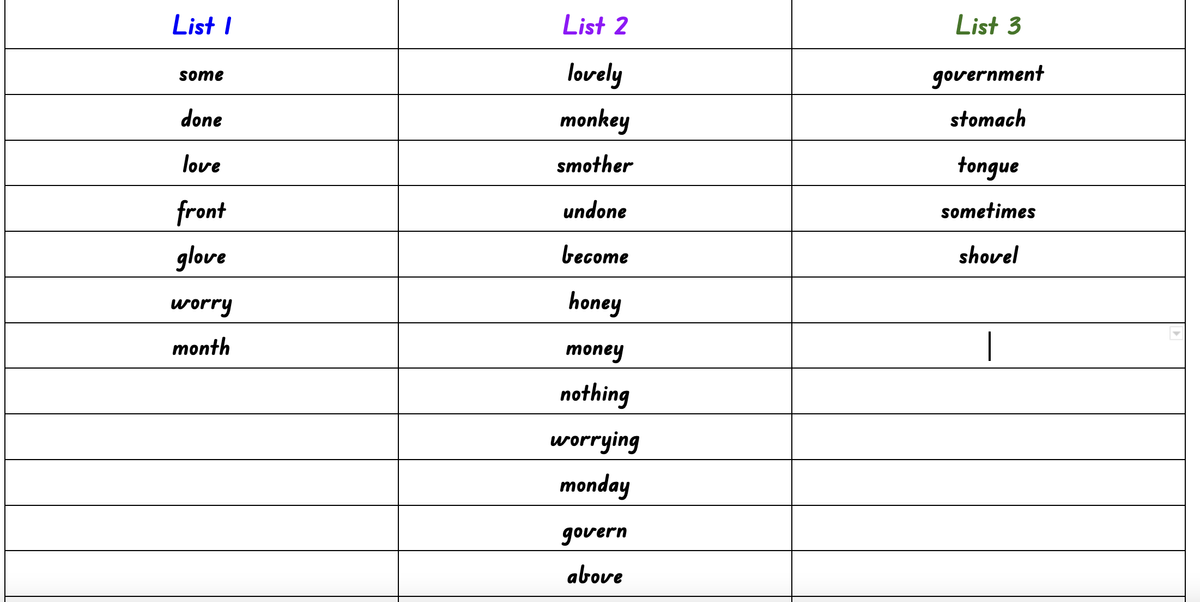

One of the pivotal focuses on analysing these words is orthographic mapping. This is a cognitive process where students learn to read words by sight and to spell words from memory. A priority each week is for students to segment the words into their individual phonemes (sounds) and to then match these phonemes with the corresponding grapheme representations (letter/letter combinations).
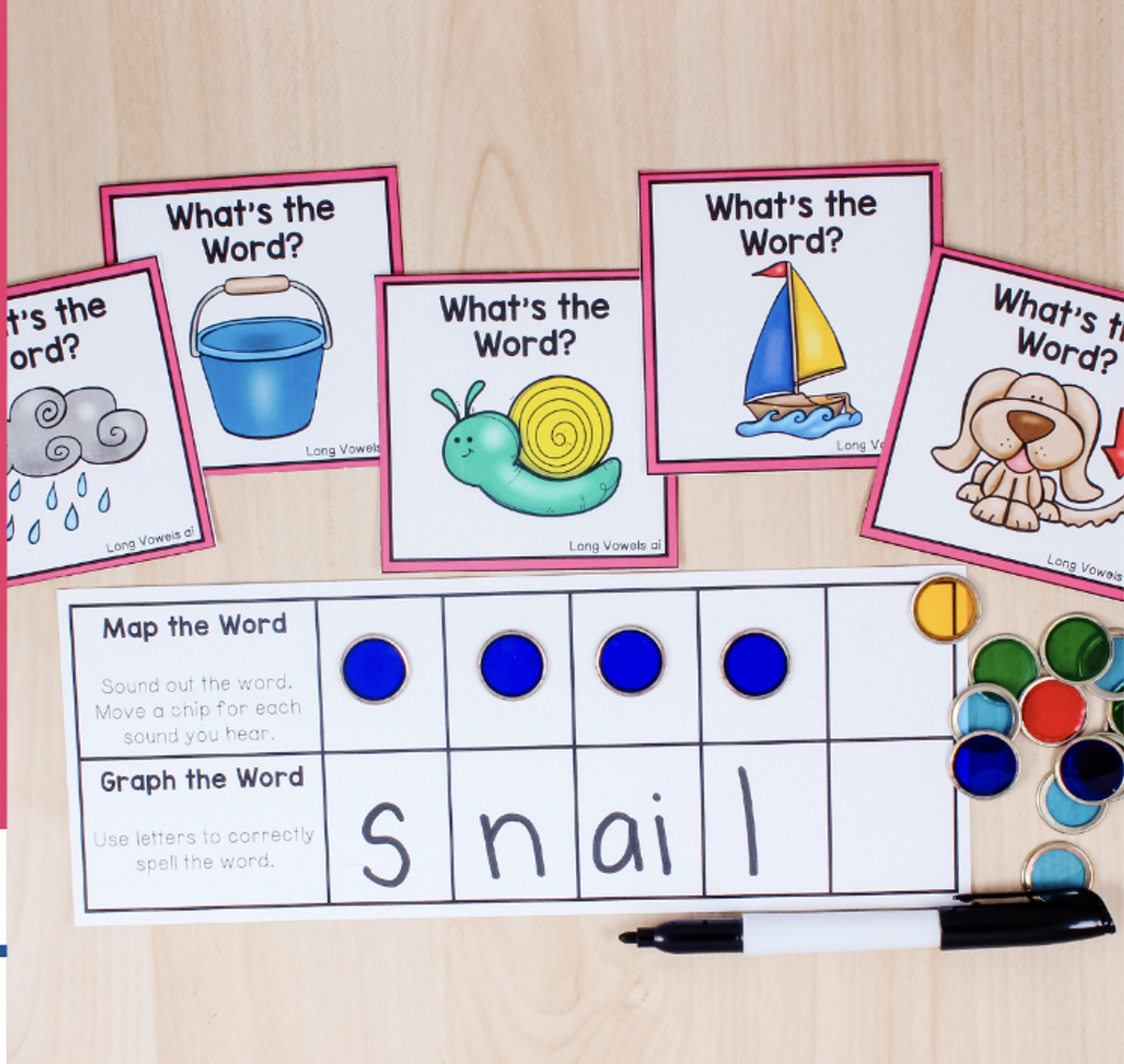

Students are also given the opportunity to explore morphology and the meaning of unfamiliar words. Morphology is the study of words and their parts. Morphemes, like prefixes, suffixes and base words, are defined as the smallest meaningful units of meaning. Morphemes are important for phonics in both reading and spelling, as well as in vocabulary and comprehension.
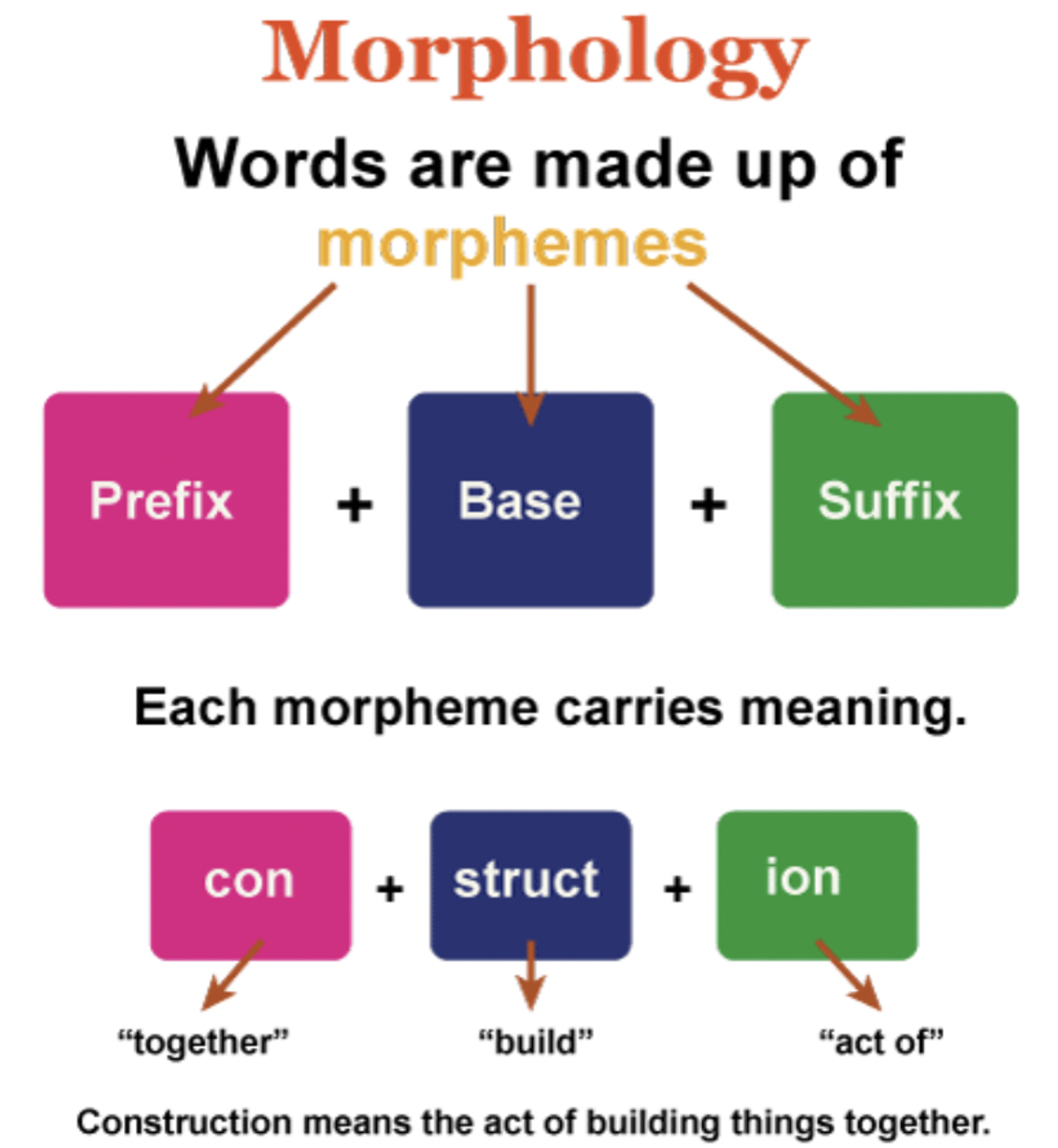

As part of their homework , students may bring home spelling tas and it would be great to engage in discussions with your child to encourage them to articulate their understanding. Please do not hesitate to speak to your child’s teacher or email me should you require additional information.
Sue Burke
English Leader
sburke@shnewport.catholic.edu.au
This term's inquiries are well under way! The throughline that underpins our inquiries is "Innovation - When things keep moving". Our inquiries form P-6 have been designed based on the concept of innovation, and in the context of our community of Newport.
Story of innovation in Newport:
Understanding that innovation, invention and improvement are continuous and dynamic. Newport has shown this through industry, a well known story of community, hard workers and innovation. The early history of European settlement in Newport saw the needs and wants of wider communities impact Newport through exploitation and quarrying of bluestone. Problem solving drove the innovation within the area.
Whilst quarrying was one of the first dominant industries in the broader area, the history of Newport has been heavily shaped by its connection to the development of Melbourne’s railways and continues to do so. Thinking creatively and developing solutions to their own and community problems or needs. Science has been heavily involved in the problem solving approach which has led to exciting innovation.
We shared the story of innovation in Newport to our students which has driven the learning in Discovery Spaces in P-2, and Projects in Years 3-6.
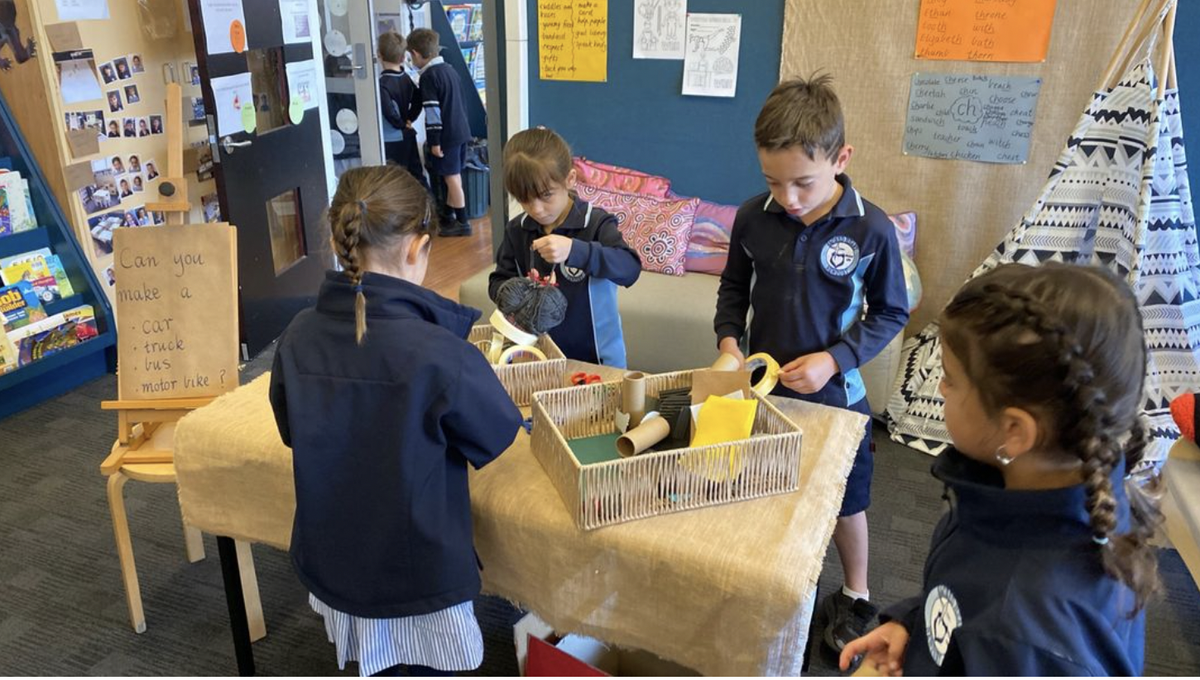
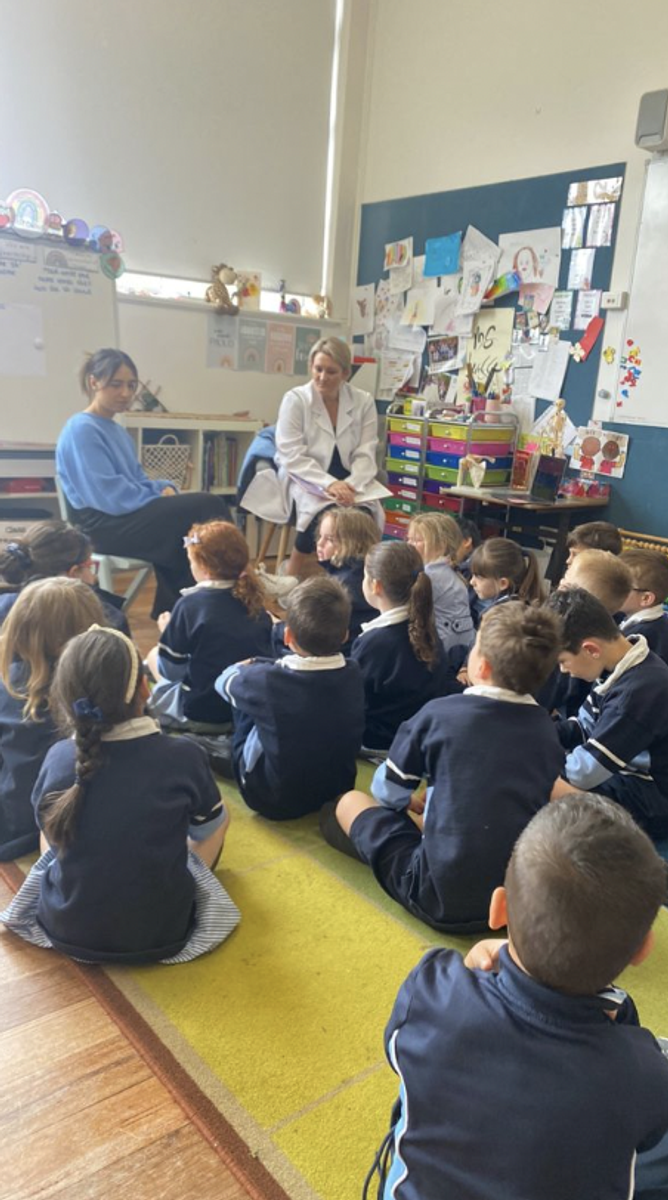
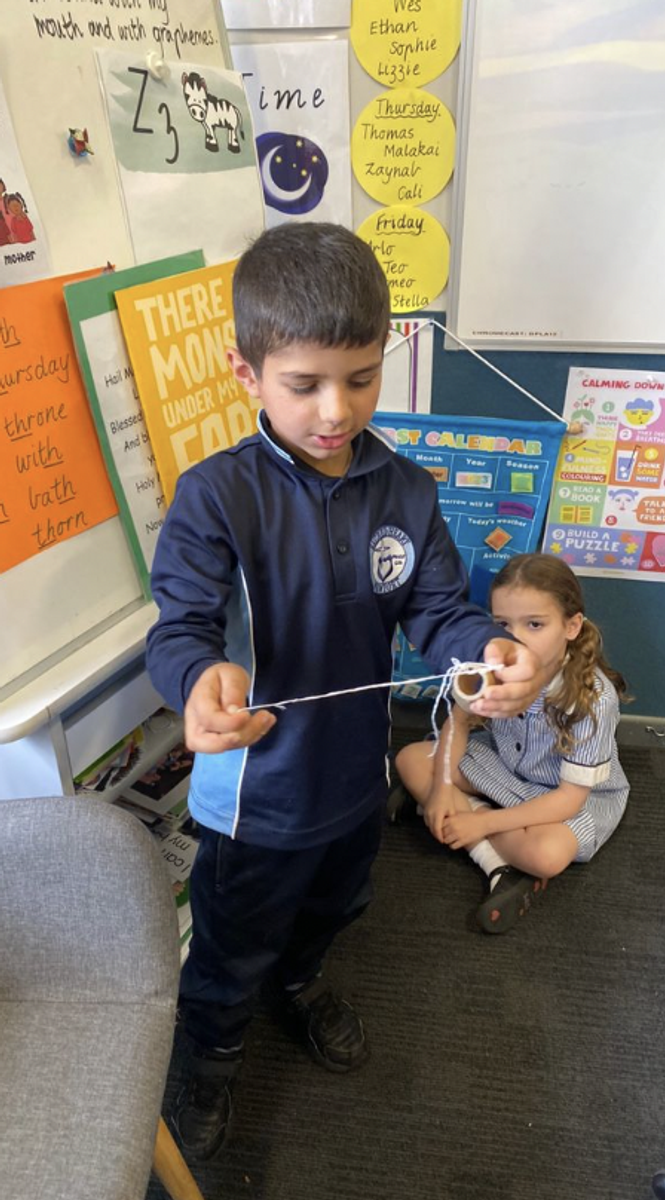
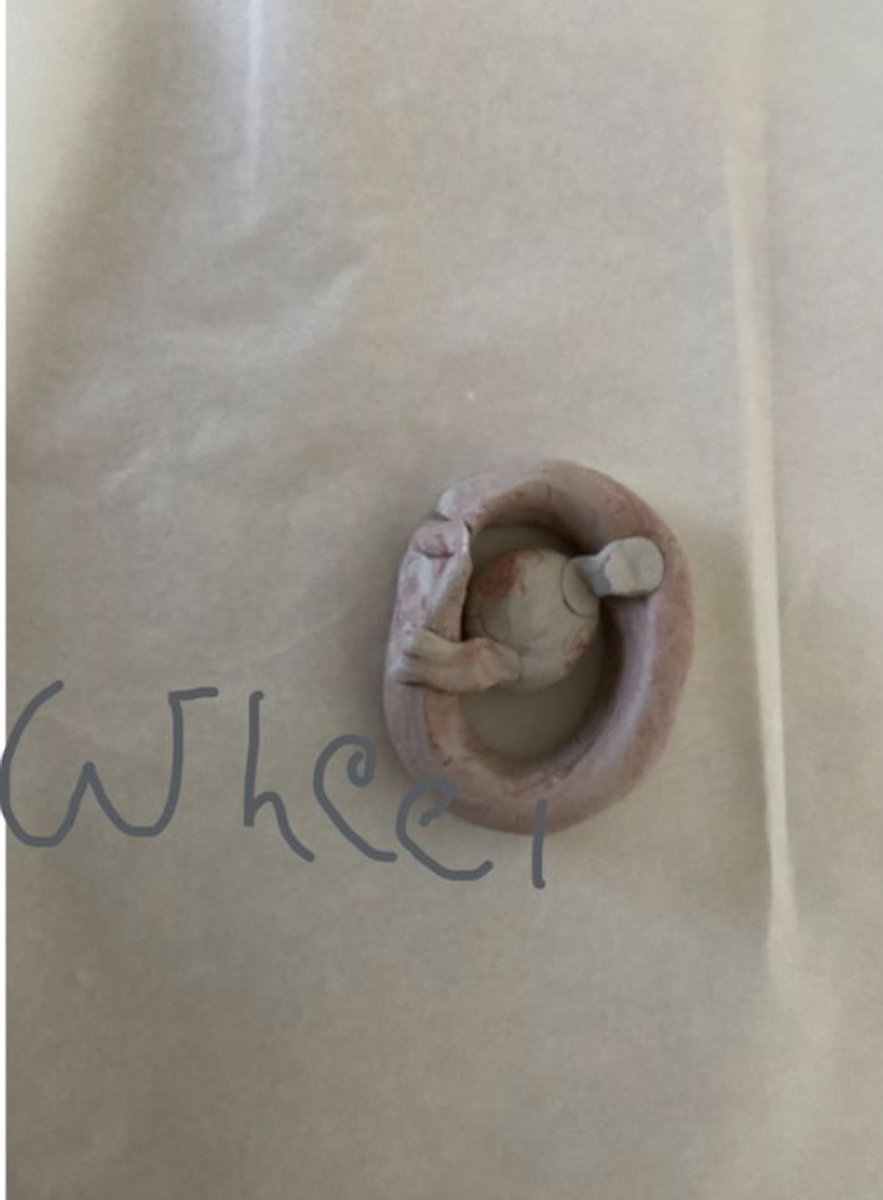
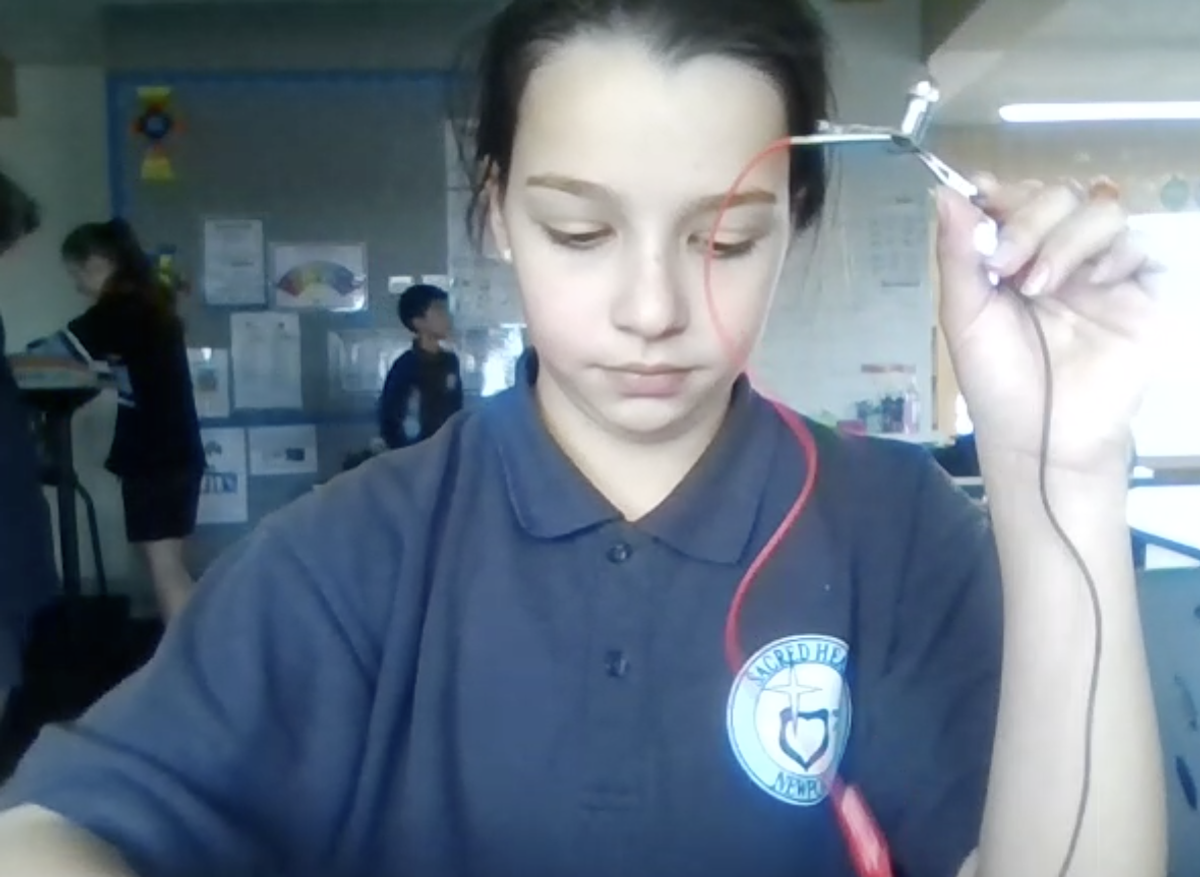
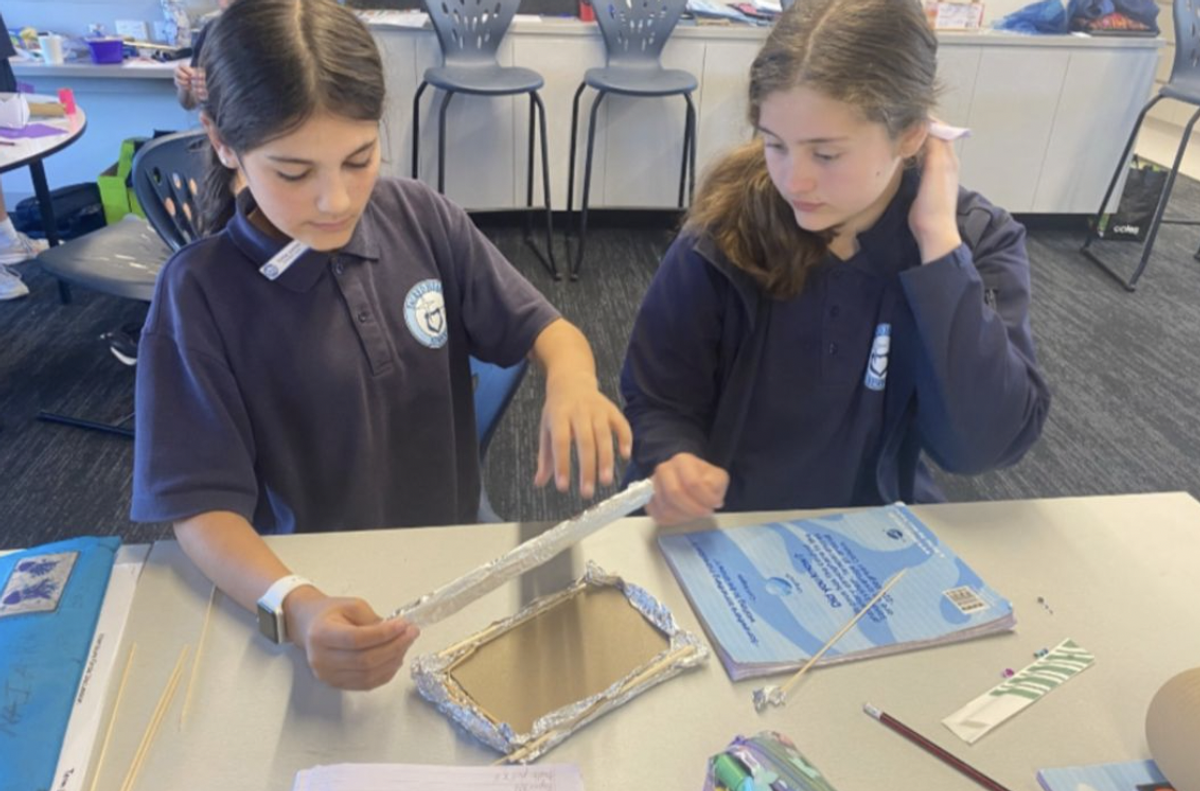
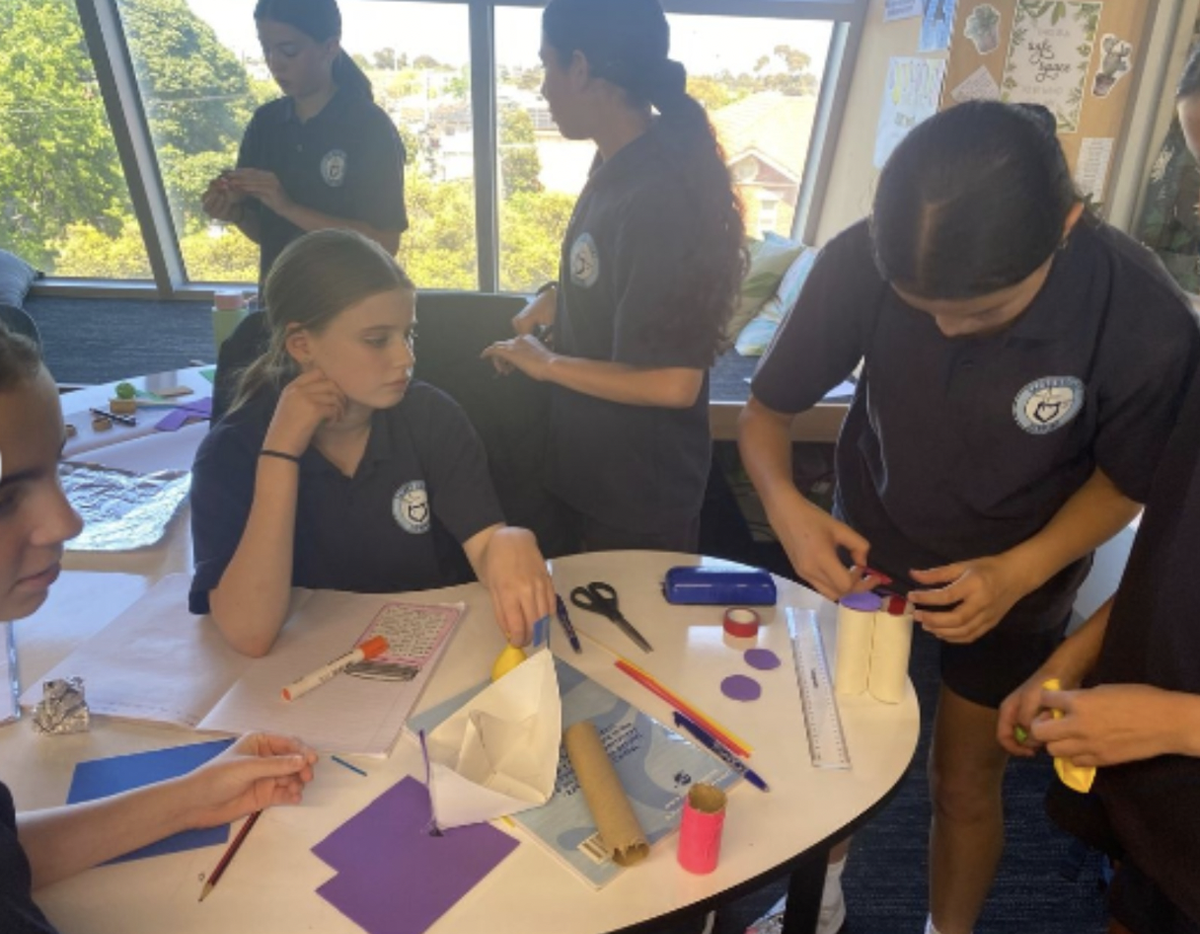







Keep a lookout for learning updates through Seesaw.
Cath Palmer
Faith Life Leader